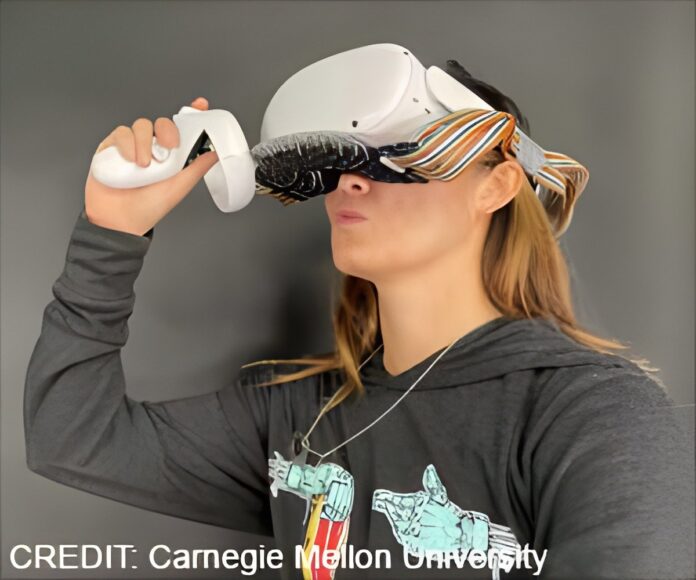Researchers used virtual reality gaming inside an MRI scanner to reveal how ADHD brains function differently in interactive tasks.
- ADHD brains show altered activity in VR-based tasks but not while at rest
- Digital environments like games may play a key role in ADHD diagnosis and treatment
- Future research will explore smart suits, AR glasses, and real-life simulations
A groundbreaking study by European researchers has shed new light on how the brains of children with ADHD function, using virtual reality (VR) gaming inside an MRI scanner. The study, conducted at Aalto University in collaboration with other institutions, revealed significant differences in functional connectivity in the brains of children with ADHD when engaged in interactive tasks (1✔ ✔Trusted Source
Real-world goal-directed behavior reveals aberrant functional brain connectivity in children with ADHD
Go to source
).
Traditionally, ADHD has been studied through brain imaging in a resting state, but this research highlights the importance of active testing environments. “Taking pictures of the brain while memory and attention are being loaded in a virtual world gives us a deeper understanding of what’s going on,” explains Professor Juha Salmitaival, a visiting professor at Aalto University.
ADHD Brain Reacts Differently to Videos vs. Interactive VR Games
The study found that while at rest or watching videos, there was little difference between children with and without ADHD, but when immersed in a VR-based task, clear differences emerged. The deep structures of the brain and their connections to cortical areas showed altered activity, supporting the theory that ADHD is driven by human-environment interaction rather than isolated brain region abnormalities.
How Games and Apps are Changing our Brains
This research has major implications for ADHD diagnosis and treatment. Salmitaival suggests that psychological testing should take place in real-world-like scenarios, emphasizing that gaming and digital environments could be key to understanding neurodevelopmental disorders. Future studies will explore ADHD symptoms in adults and investigate how modern digital interactions, including apps and social media, shape brain function.
‘The brain is a complex system that always tries to adapt to its environment, therefore it’s likely being shaped by TikTok, Snapchat and other apps and games as well,’ says Salmi. Similarly, the virtual world contains toys that can trigger impulsivity, like musical instruments, a soft drink in the fridge or the chance to take a virtual shower.
‘If the environment is fast-paced, with people jumping from one thing to another like a grasshopper, the brain tries to get better at jumping from one stimulus to another,’ he adds. ‘But if we become grasshoppers, we can no longer concentrate for two hours when there are very few stimuli. Scanning the brain while it’s active could also give us fresh insight into how our brains are changing.’
Future studies for the team include researching children’s brains using smart suits and motion sensors, as well as exploring symptoms in adults in set ups that more closely simulate daily life. He foresees that in the future, symptoms could also be quantified at home, for example using augmented reality glasses.
Advertisement
Salmi also points out that while fMRI is at this stage too costly to be used for mainstream diagnostic purposes, as we build more knowledge in this way, diagnosing neuropsychiatric conditions should also become more straightforward.
The study involved researchers from Aalto University, HUS, the University of Helsinki, the University of Oulu, and the Lyon Neuroscience Research Centre in France. The virtual game Epeli, used in the study, was developed by Finnish company Peili Vision.
Advertisement
Reference:
- Real-world goal-directed behavior reveals aberrant functional brain connectivity in children with ADHD – (https://journals.plos.org/plosone/article?id=10.1371/journal.pone.0319746)
Source-Medindia


